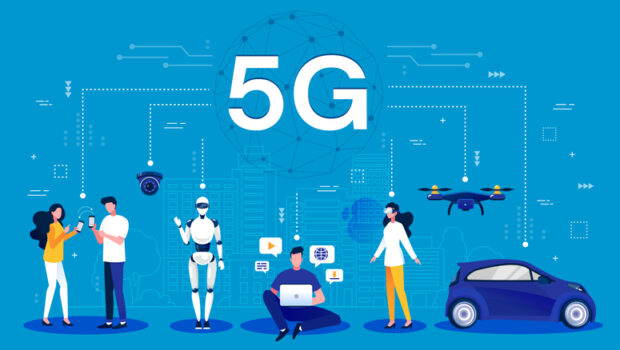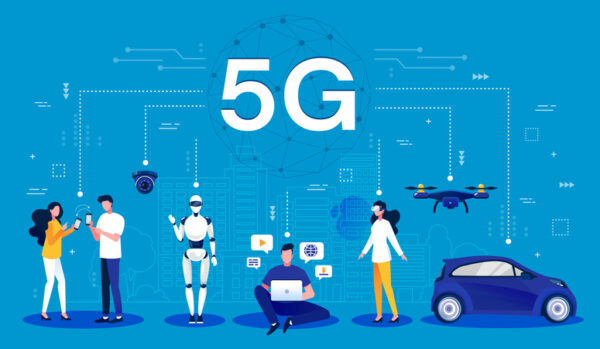5G: does your phone really need it, or has it been overhyped?
It’s easy to feel somewhat disappointed about how the 5G scene has shaped up so far. Sure, the mix of smartphone models compatible with this new, emerging cellular connectivity standard has broadened significantly over time, with 5G now available at various price points.
Last year, Strategy Analytics predicted that the number of 5G smartphones would reach 600 million by the end of 2021 – more than double the 2020 figure, as CNET noted. Another Strategy Analytics forecast was that, by 2022, almost half of all phones would have 5G.
All of this begs the question: why is the world not more excited about 5G than it actually is? The answer lies in the largely fractured nature of the 5G rollout so far, as well as the few truly practical upgrades in functionality the technology has made possible. So, do you really need it yet?
Has the ‘fourth industrial revolution’ proved a false dawn?
Much of the blame for the general air of disappointment surrounding 5G could be laid at the feet of carriers responsible for hyping up the long-awaited successor to 4G. There has been talk of 5G spurring a fourth industrial revolution easing such advances as remote surgery and driverless cars.
However, while 5G is indeed more widespread than it once was, many of its users have so far found it to be – in practice – generally no zippier than 4G, and even sometimes slower.
5G is available in what are known as low-, mid- and high-band frequencies. Low-band is the slowest flavor of 5G, but also relatively widespread. High-band – otherwise known as mm Wave – is super-fast but severely hamstrung in its range, while mid-band provides something of a happy medium.
The US government “did not make the right channels available to the carriers,” PCMag’s lead mobile analyst Sascha Segan told The Verge, calling out carriers who have “basically just been using leftover odds and ends of their 4G spectrum… putting the 5G encoding on these leftover bits and bobs so they can pop a 5G icon on the screen. And the performance is meaningless.”
Why you shouldn’t count 5G out just yet
The good news is that the ‘fourth industrial revolution’ might still be waiting in the wings – even if it is further away than press coverage might have previously led you to believe. After all, two of the largest smartphone brands, Apple and Samsung, now offer a range of 5G phones.
Even if you have long resisted buying a 5G handset on the grounds of its upfront cost, you should keep in mind that the technology is increasingly trickling into budget devices – not least due to chipmaker Qualcomm’s introduction of its low-end but 5G-ready processor the Snapdragon 480.
MacRumors cites whispers that Apple will unveil its cheapest 5G iPhone yet in early 2022. In the meantime, though, there remain plenty of reasonably priced mobile phones with built-in 5G support – and, while you wait for the 5G rollout to further progress, even a 4G-only handset is likely to serve you more than fine for now.











![Send Flawless Email Campaigns with This Preflight Checklist [Infographic]](https://technofaq.org/wp-content/uploads/2017/07/preflight-checklist-email-campaign-150x150.png)





